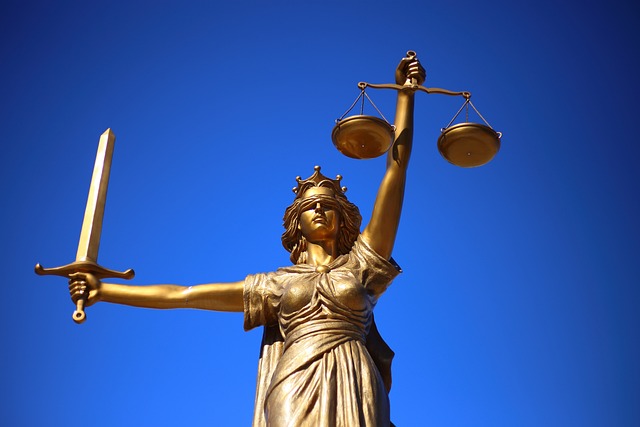
Nothing is new on earth, or “Nil Novi Spectrum,” as it is fittingly phrased in the Indian juvenile justice system. There has always been a global perception that youth should be given more leeway because it is generally believed that they become aggressive when they are angry.
While some contend that punishment is required to uphold the rule of law and prevent crime, others think that reforms are a more effective means of lowering crime and fostering reintegration.
Juvenile Justice System
- Within the field of criminal law, the Juvenile Justice System seeks to meet the requirements of minors who have not grown old enough to be held entirely accountable for their illegal behaviour.
- The Juvenile Justice Act’s primary goal is to prioritize rehabilitation over punishment. When a kid or young person transgresses or becomes a criminal, the juvenile court uses specialized institutions to offer nurturing care. Juvenile offenders can then find a way to live respectable lives.
The idea of “REHABILITATION”: Juvenile Justice System
The juvenile justice system’s rehabilitation-centric approach is primarily focused on the notion that the children who are offenders have the ability to reform themselves more easily than the adult offenders. This major approach recognizes that a variety of factors usually are responsible to young children’s criminal acts. The justice system basically aims to divert young children from the path of criminality by addressing the cause of it and providing them with proper care and counselling.
The Idea of “PUNISHMENT”: Juvenile Justice System
Punishment is the standard method of providing justice in criminal cases. The Indian Penal Code (IPC) carries several punishments for severe offenses, such as imprisonment, fines, and in many cases, the penalty for death. The notion is that individuals those who are afraid of getting punished are unlikely to commit offenses, whereas who are still committing such offenses they must be ready to pay a huge cost for the offenses have their hands on. Together with fines and imprisonment, further penalties include the punishment i.e., capital punishment.
Rehabilitation and Punishment: Major Efficacy
According to research conducted by a number of specialists at the RJS Coaching Institute, criminal activity, and subsequent convictions can be successfully prevented through the use of both punishment and rehabilitation. The degree of success of each approach, however, varies depending on the specific circumstances and the party who committed the offense.
- Rehabilitation approaches that include training for employment, schooling, and treatment for mental disorders have been shown to reduce rates of recidivism.
- On the other hand, punishment has the capacity to put an end to illegal activity while rendering offenders accountable for what they have done. Teachers at different RJS Coaching institutes talk about it and help the students think imposing excessively harsh penalties.
In order to manage the delinquents’ trials in a way that is understanding of their situation as children and has the ability to deter such behaviours in the future, these concerns regarding the juvenile criminal justice system must be addressed.
Juvenile Justice System: Rehabilitation vs Punishment
The difference between the rehabilitation and the punishment approach under the Juvenile Justice System is often discussed by various experts in the institutes of RJS Coaching. They are:
| REHABILITATION | PUNISHMENT |
| The objective is to rehabilitate juvenile offenders and reintegrate them into society as valuable members of society. | The objective of the punishment approach is to make young individuals responsible for their actions by implementing punishments like imprisonment or additional legal consequences. |
| It highlights rehabilitation as a fundamental idea. | It highlights punishment as a fundamental idea. |
| Initiatives for young offenders’ rehabilitation include educational programs, career training, and counselling. | In situations where juveniles have committed severe or horrendous offenses, there is a need to protect the public and prevent unlawful conduct. |
| It is established to provide protection to reform the young offenders. | It is initiated to punish young offenders from further committing a criminal offense. |
Role of the Judiciary
- In the Kakoo v Union of India case, the 2-year-old child who was raped by a 13-year-old male had her sentence reduced by the Supreme Court. The IPC’s Sections 83 and 84, which state that minors cannot be regarded as adults, were taken into consideration by the court. Legal precedent has long held that the court must consider both humanitarian and reformative viewpoints when addressing juveniles.
It can be difficult to strike the correct balance between rehabilitation and punishment, and it frequently depends on the specifics of each case. The judicial system must consider the offender’s age, the nature of the offense, and the likelihood of rehabilitation in each case. Efforts are undertaken to address the basic root causes of juvenile offenders, which include poverty as well as interpersonal disorders, in order to prevent repeat offenders and promote rehabilitation.









